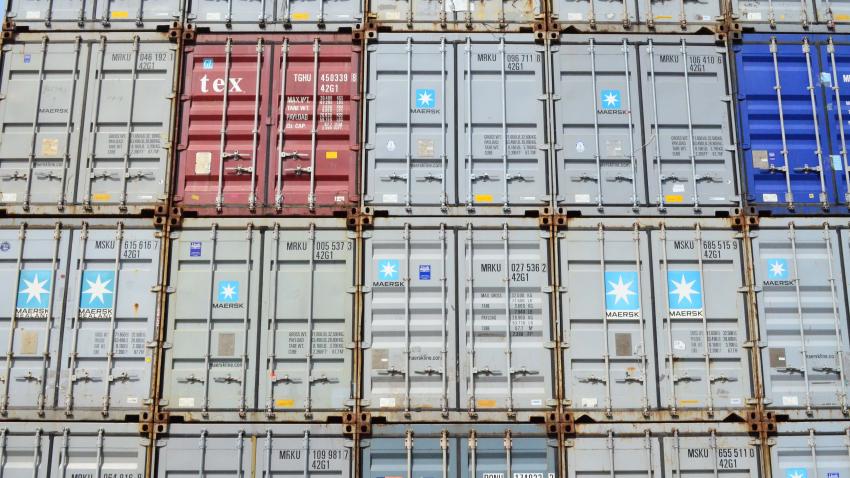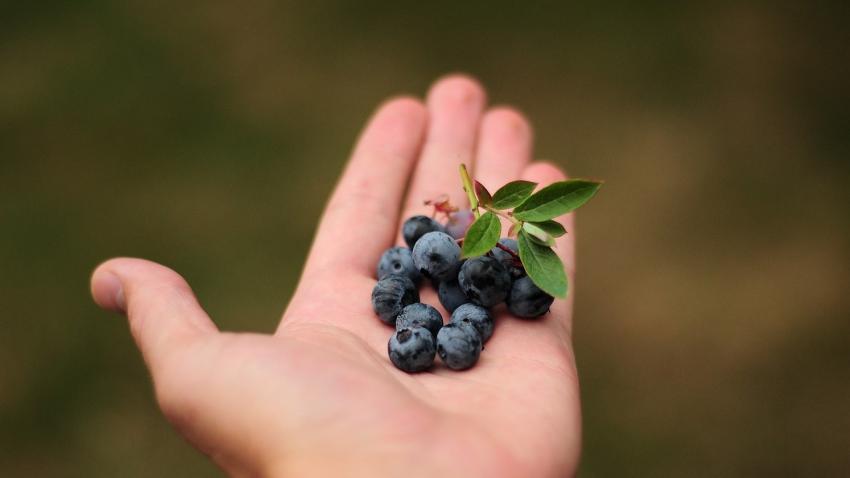You are here
Back to topGlobal Blueberry Supply Falling Short of Growing Demand

According to a recent report by Blueberries Consulting, global demand for blueberries remains robust, with the current worldwide production of 1.86 million metric tons needing to double within the next five years to meet the anticipated increase in consumer demand.
Despite entering the agricultural market relatively late, blueberries are now consumed in almost every corner of the world. Their nutritional and health benefits have significantly boosted their global consumption. Furthermore, the blueberry market has diversified, with the fruit being not only enjoyed fresh but also used as an ingredient in a variety of products such as juices, jams, frozen foods, liqueurs, baked goods and pharmaceuticals.
According to the report, the global blueberry cultivation area has now reached 248,550 hectares with a total production of 1.86 million metric tons, of which 529,210 metric tons are used for processing, leaving over 1.3 million metric tons for fresh consumption. While this output appears substantial and reflects a flourishing blueberry industry, it is expected to prove insufficient to meet the growing global demand for the fruit. Forecasts by industry insiders indicate that global blueberry output must increase to 3 million metric tons within the next five years to maintain an adequate supply.
However, the desired increase in global production will not necessarily require a corresponding increase in cultivation area — rapid advances in breeding technologies have led to high-yielding varieties with larger fruit sizes. Consequently, doubling the current production may be feasible even with the present or a slightly increased cultivation area.
Ricardo Márquez, commercial manager of Fall Creek Mexico, stated at a recent international blueberry seminar that he believes global demand is at least twice the current supply. On this basis, he expects continued industry growth for a long period. In particular, demand for blueberries is especially robust in Asia, as well as in Europe and North America, with Asian countries projected to outpace others in terms of growth in demand. Márquez estimates that at the current pace of industry expansion, doubling the current supply to exceed 3 million metric tons should take approximately five to seven years.
Among the world’s major blueberry producers, China leads with 78,000 hectares of cultivation area and a production of 525,000 metric tons. The United States follows with 48,000 hectares and a production of 277,000 metric tons, while Peru has a cultivation area of 22,000 hectares and a production of 225,000 metric tons. It is worth noting that Peru, now the world’s largest blueberry exporter, has achieved a yield per hectare significantly surpassing those of its competitors.
According to a report in the Peruvian media, adverse weather conditions including high temperatures and heavy rains caused by the El Niño phenomenon during the 2023/24 season resulted in a 23% decrease in Peru’s blueberry export volume. Despite this decline, the export value increased by 29%, reaching $1.88 billion. This rise in value was primarily driven by worldwide blueberry supply shortages, which caused a 68% increase in the average price of Peruvian blueberries on the international market.
It is projected that Peru’s blueberry exports will approach 300,000 metric tons in the 2024/25 season, marking a 32% year-on-year increase. Factors bolstering this optimistic forecast include more stable weather conditions at the beginning of the season and the commencement of exports from new plantings. Despite potential price impacts from an increased global supply, forecasts suggest that Peru could achieve record revenues, with the export value estimated to reach $1.99 billion, representing a 6% increase from the previous season.
Image: Pixabay
This article was translated from Chinese. Read the original article.















Add new comment